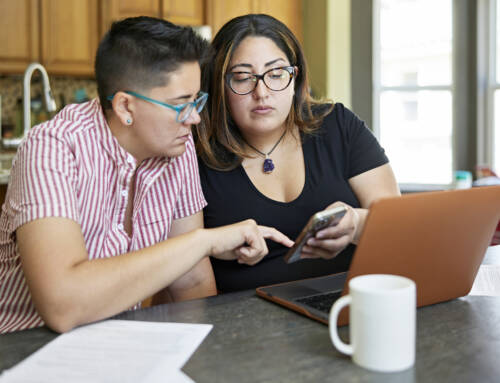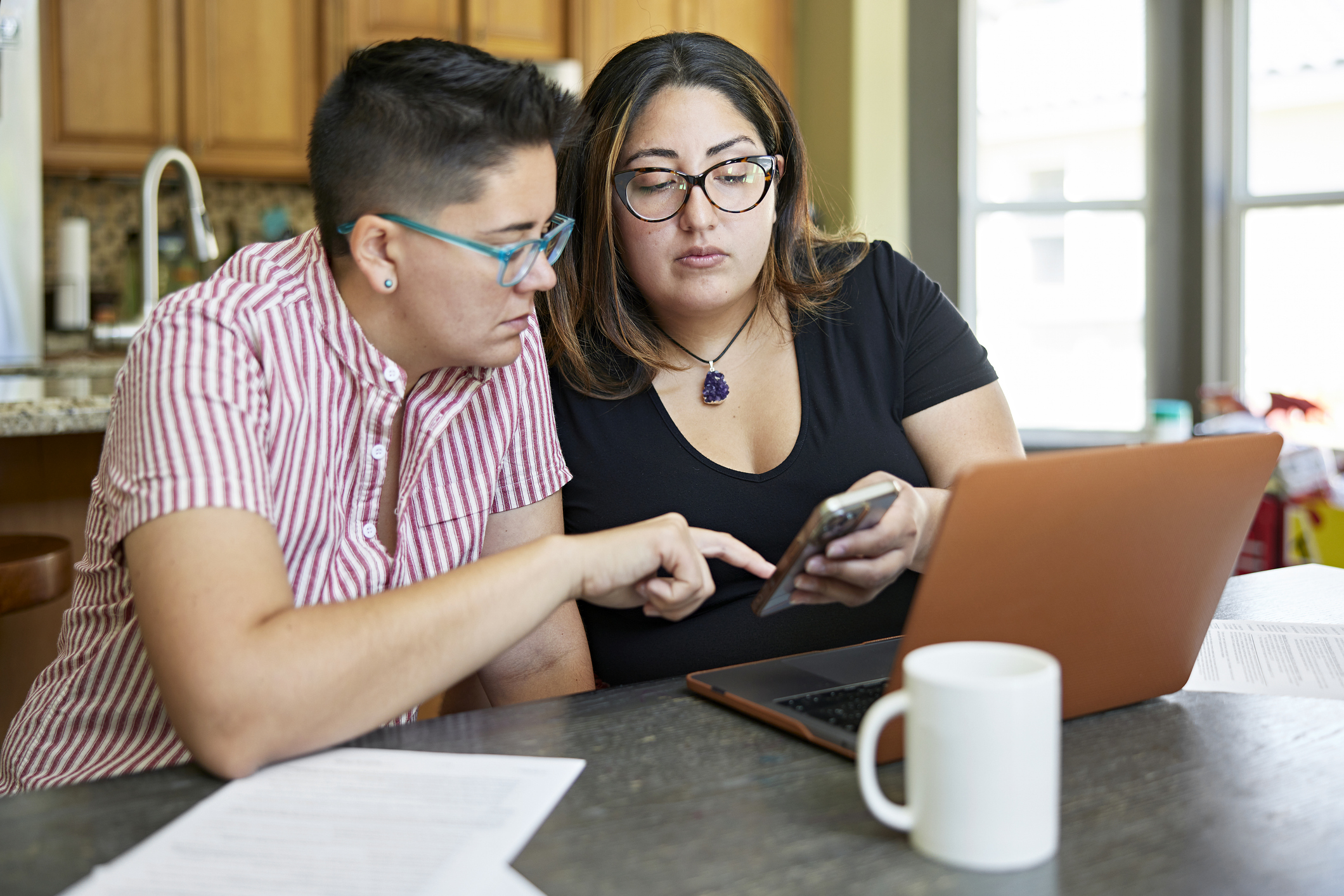Building Your Emergency Fund
If your car unexpectedly breaks down or you are laid off, having an emergency fund could help you and your family remain afloat. Otherwise, you may go even further into debt when emergencies arise, or at the very least, you will have to spend significant time and energy completely re-working your budget. Even while many of us may understand the value of having a buffer zone, creating a little financial space is easier said than done.
Getting Started
You have a tight budget, and don’t necessarily have the time or money to add another line item to your budget for the month. Instead, consider accessing these sources to generate starting funds:
- Your tax refund or bonus. April 15 is right around the corner, but if you’ve been on your A Game, chances are you’ve received your refund already. Instead of splurging on a spring vacation, set all or part of the refund aside for a rainy day.
- Money saved from budgeted items you’re no longer responsible for. Did you recently finish paying off a debt but haven’t adjusted your budget to reflect this achievement? Perhaps your budget still expects you to pay for a magazine subscription that you canceled? Instead of removing the item from your budget, move the income you planned to put towards these goods into an emergency fund.
- Money saved on reduced utilities bills. Go on a crazed energy saving campaign: install a programmable thermostat so your heating or air conditioning doesn’t run while you’re at work or asleep, turn off lights when you leave the room, or ask your family to shut the sink off when they brush their teeth. If you alter your routine slightly, you could come in under budget for utilities and put the extra money away.
Keeping the Momentum Going
So you have a little money put away, but now you’re unsure of how to consistently build your emergency fund.
- Start by opening a slightly less accessible savings account. You could go to a bank that you don’t normally work with, or consider opening an online savings account. Regardless, if you can’t easily hit the ATM and swipe funds from the account, you may be less likely to dip into your emergency fund in order to go out for a nice dinner.
- Budget for your emergency fund as you would for a bill, then set up automatic deductions to your emergency fund that match the budgeted amount.
- Round up on other budget items. For example, if you regularly budget $1,256 each month in rent, instead budget $1,300 and move the end-of-month savings into your emergency fund.
- Budget as if you have a smaller income. This could be especially easy if you recently received a pay raise. Instead of adjusting your income to reflect the raise, live as you did before and watch as your emergency fund grows accordingly.
- Match tips. When you go out to eat, move into your emergency fund as much money as you tip your server.
Setting Goals
Once you have an effective process in place, you can set goals to towards and reward yourself for reaching. We recommend that you start small, for example, by saving as much money as you spend on food and entertainment in a week. Then work higher: reaching how much you spend on monthly utilities, half of your month’s rent, ect. The ideal would be to have six month’s worth of living expenses in an emergency fund, but it will be far easier to reach this point if you build yourself manageable milestones along the way.







